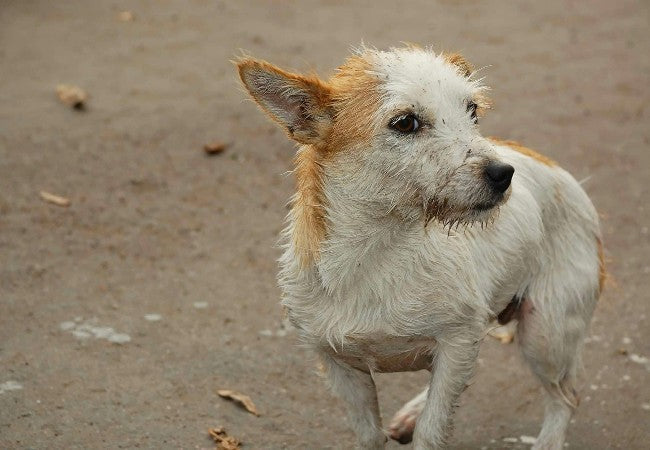Bowel Incontinence in Dogs: Vet-Approved Causes, Symptoms & Treatments (2025 Guide) 🩺🐾

In this article
Bowel Incontinence in Dogs: Vet-Approved Causes, Symptoms & Treatments (2025 Guide) 🩺🐾
By Dr. Duncan Houston BVSc
As a veterinarian, I occasionally encounter cases of bowel incontinence in dogs, a condition that can significantly impact a dog's quality of life. Understanding this disorder is crucial for early detection and effective treatment. This comprehensive guide aims to educate pet owners on the causes, symptoms, and treatment options for bowel incontinence in dogs.
🧬 What Is Bowel Incontinence?
Bowel incontinence refers to the loss of voluntary control over defecation, leading to the involuntary passage of feces. This condition can result from various underlying issues, including neurological disorders, structural abnormalities, or gastrointestinal diseases.
🐾 Causes and Risk Factors
Several factors can contribute to bowel incontinence in dogs:
Neurological Causes
- 🧠 Intervertebral Disc Disease (IVDD): Compression of spinal nerves affecting bowel control.
- 🧬 Spinal Cord Tumors: Growths that disrupt normal nerve function.
- 🦠 Infections: Such as distemper affecting the nervous system.
- 🧠 Congenital Disorders: Conditions like spina bifida.
Gastrointestinal Causes
- 🦴 Perianal Fistulas: Painful tracts near the anus causing discomfort and incontinence.
- 🦠 Inflammatory Bowel Disease (IBD): Chronic inflammation leading to diarrhea and urgency.
- 🦠 Colorectal Tumors: Obstructing normal bowel movements.
Other Factors
- 🧓 Age-Related Changes: Cognitive dysfunction in senior dogs.
- ⚠️ Trauma: Injuries affecting the spine or pelvis.
⚠️ Symptoms of Bowel Incontinence
Signs of bowel incontinence can vary based on the underlying cause:
- 💩 Uncontrolled defecation: Feces found in inappropriate places.
- 🐕 Perianal irritation: Redness, swelling, or sores around the anus.
- 🧠 Neurological signs: Weakness, uncoordinated movements, or paralysis.
- 😟 Behavioral changes: Anxiety or depression due to accidents.
🩺 Diagnosing Bowel Incontinence
Diagnosis involves a thorough evaluation:
- 🔍 Physical Examination: Assessing neurological and gastrointestinal health.
- 🖼️ Imaging: X-rays or MRI to detect structural abnormalities.
- 🧪 Laboratory Tests: Blood work and fecal analysis to identify infections or inflammation.
- 🔬 Endoscopy: Visual examination of the colon and rectum.
💊 Treatment Options
Treatment depends on the identified cause:
Medical Management
- 💊 Medications: Anti-inflammatory drugs, antibiotics, or nerve function modulators.
- 🥗 Dietary Changes: High-fiber diets to improve stool consistency.
- 🧴 Topical Treatments: For perianal irritation or infections.
Surgical Interventions
- 🔧 Corrective Surgery: For structural issues like hernias or tumors.
- 🧠 Neurological Surgery: Addressing spinal cord compressions.
🛡️ Preventing Bowel Incontinence
While not all cases are preventable, certain measures can reduce risk:
- 🏥 Regular Veterinary Check-ups: Early detection of potential issues.
- 🍽️ Proper Nutrition: Balanced diets to maintain gastrointestinal health.
- 🦴 Safe Environment: Preventing injuries that could lead to spinal damage.
📱 Support and Resources
If you suspect your dog has bowel incontinence, consult your veterinarian promptly. For additional support:
- Ask A Vet: Access professional veterinary advice through the Ask A Vet platform.
- Download the Ask A Vet App: For quick access to veterinary support, download the Ask A Vet app.
Early diagnosis and appropriate treatment can significantly improve your dog's quality of life.
🐾 For more expert advice and pet care tips, visit AskAVet.com.






